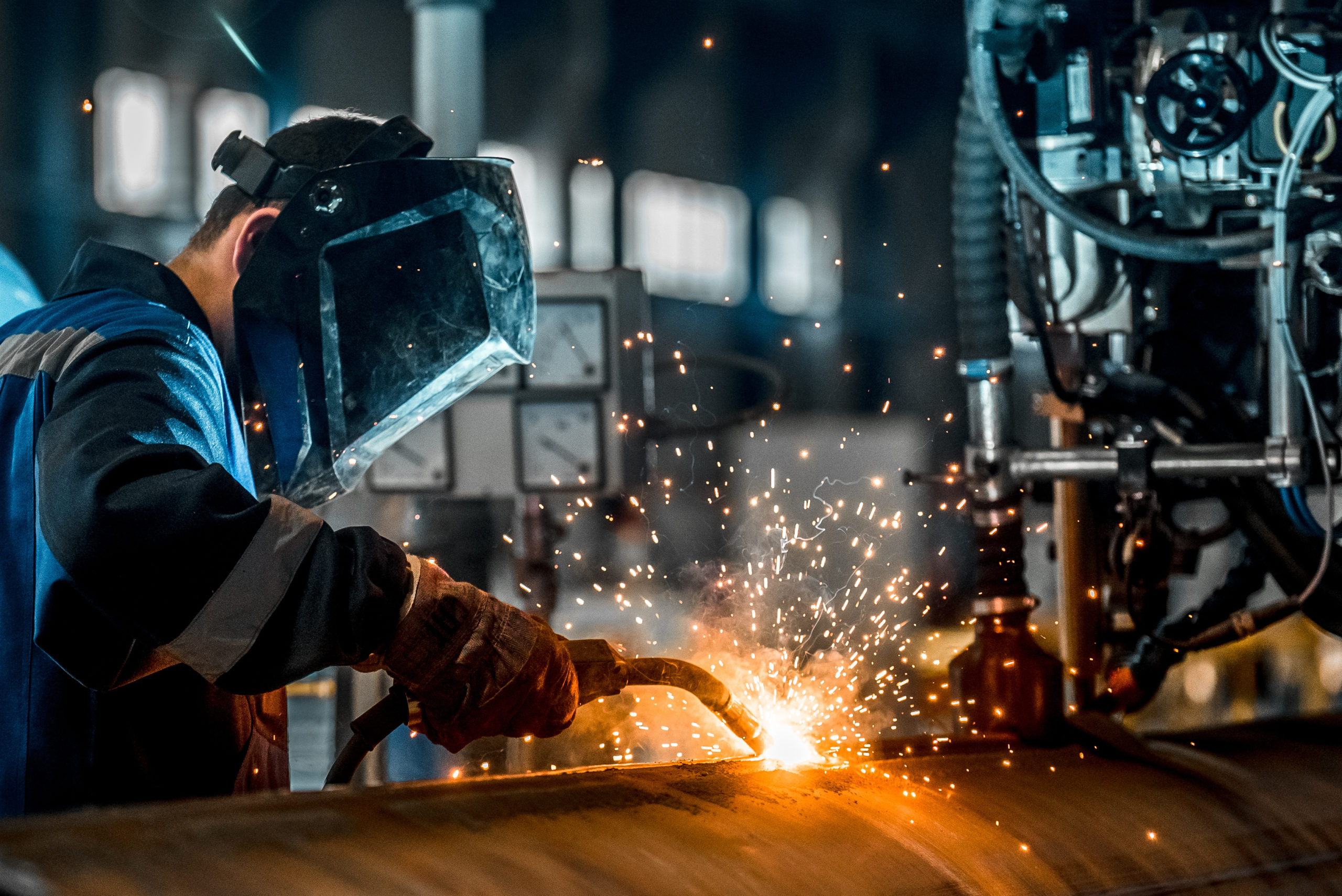Welding: Techniques, Applications, and Benefits
Welding is a fundamental process in manufacturing, construction, and metalworking, joining materials, typically metals or thermoplastics
Welding is a fundamental process in manufacturing, construction, and metalworking, joining materials, typically metals or thermoplastics, by applying heat, pressure, or both. It plays a crucial role in industries such as automotive, aerospace, and shipbuilding.
Types of Welding Techniques
1. Arc Welding
- Uses an electric arc to melt and fuse metals.
- Includes subtypes such as Shielded Metal Arc Welding (SMAW), Gas Metal Arc Welding (GMAW/MIG), and Tungsten Inert Gas Welding (TIG).
2. Gas Welding
- Uses a flame produced by burning gases like acetylene and oxygen.
- Common in repair work and metal fabrication.
3. Resistance Welding
- Uses electrical resistance and pressure to join metals.
- Includes spot welding and seam welding.
4. Laser Welding
- Uses a high-powered laser beam to join materials.
- Common in precision industries like electronics and medical devices.
5. Friction Welding
- Generates heat through mechanical friction between workpieces.
- Ideal for joining dissimilar metals.
Applications of Welding
- Construction: Bridges, buildings, and pipelines.
- Automotive Industry: Vehicle frames, exhaust systems, and body panels.
- Aerospace: Aircraft components and structural assemblies.
- Shipbuilding: Hulls and marine structures.
- Manufacturing: Metal furniture, machinery, and tools.
Benefits of Welding
- Strong and Durable Joints: Provides high strength and reliability.
- Cost-Effective: Reduces material waste and allows for efficient repairs.
- Versatility: Can be used on various materials and in different environments.
- Automation Possibilities: Advanced welding robots enhance productivity and precision.
Safety Considerations in Welding
- Proper Protective Gear: Helmets, gloves, and protective clothing.
- Ventilation: Essential to prevent exposure to harmful fumes and gases.
- Training and Certification: Ensures high-quality work and safety compliance.
Conclusion
Welding is an indispensable process in modern industries, offering strong, efficient, and cost-effective solutions for metal joining. With various techniques available, it continues to evolve with advancements in automation and materials technology.
What's Your Reaction?






















